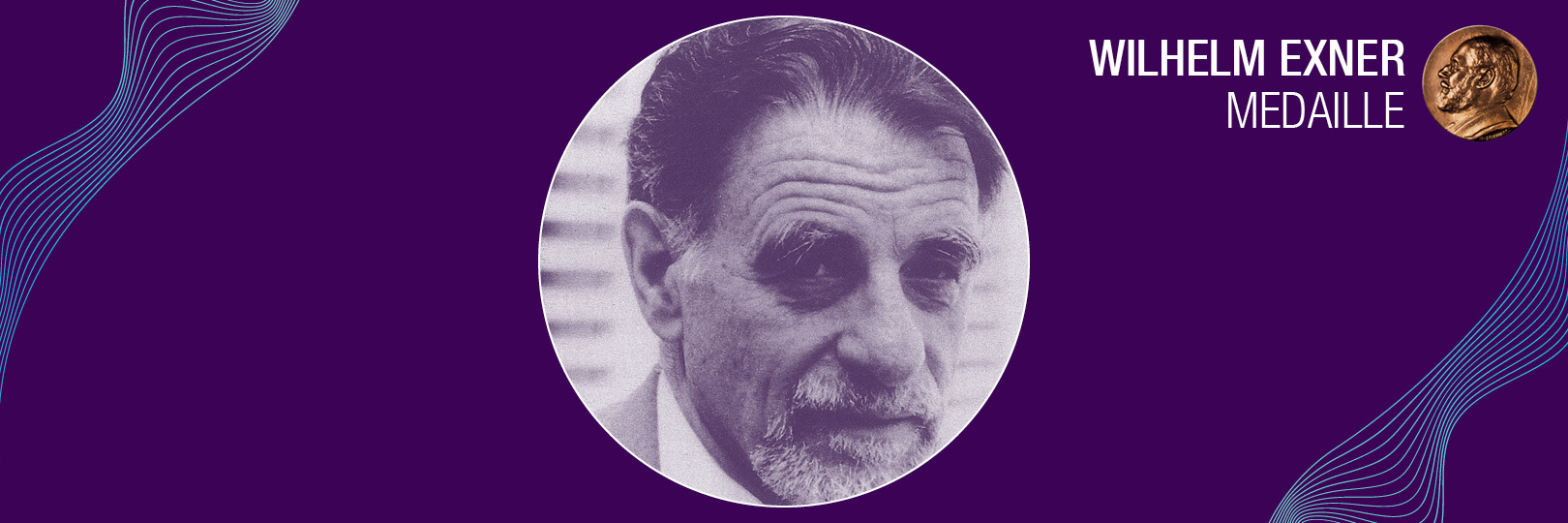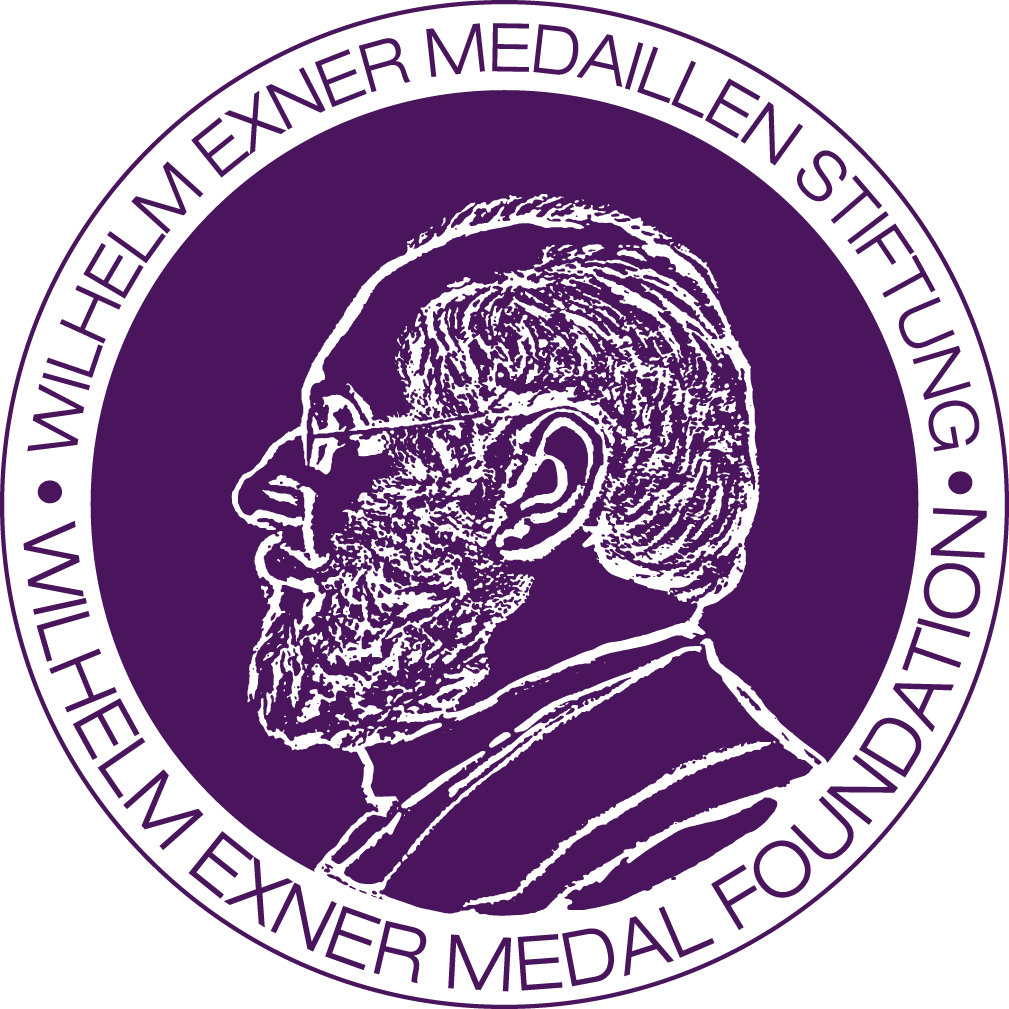
Up to 15 percent of the conducted energy is lost in lines made of copper and aluminum between the power plant and the power outlet. Superconductors made of ceramics promise a remedy, as they conduct electric current without any resistance and without losses. This breakthrough in knowledge was achieved by Swiss physicist Karl Alexander Müller together with Georg Bednorz. They were awarded the Nobel Prize in Physics for their work in 1987.
Müller studied physics at ETH Zurich, then moved to IBM. From 1963, he was head of the research laboratory. A year before that he began lecturing at the University of Zurich, and from 1987 he was a full professor.
Müller received numerous honorary doctorates, including from the Technical University of Munich and the universities of Geneva, Salzburg and Leipzig. He is the recipient of various science prizes, including the Marcel Benoist Prize and the Fritz London Memorial Prize. In 1989, he was inducted into the National Academy of Sciences, NAS Washington.

